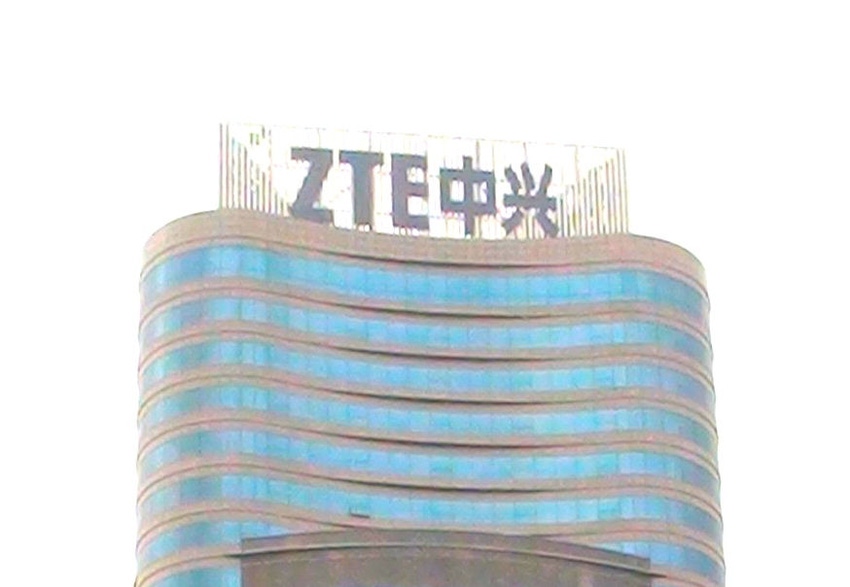Perhaps ZTE has just been enjoying an uncomfortable silence and expensive milkshake in recent months, but with its financials for the first half of 2019 are screaming for attention.
August 27, 2019

Perhaps ZTE has just been enjoying an uncomfortable silence and an expensive milkshake in recent months, but its financials for the first half of 2019 are screaming for attention.
It is quite difficult to measure the performance of the business looking at the financials alone, ZTE found itself in the Trump crosshairs in H1 2018, though the team is hyping itself up now, seemingly to gain attention in a very noisy segment. ZTE is often overlooked when considering the major network infrastructure vendors, but it certainly does warrant mention.
Revenues for the first half of 2019 stood at roughly $6.23 billion, up 13.1% year-on-year, profits increased a massive 118% to $210 million. The team is now forecasting profits between $530-640 million for the first nine months of the year.
These numbers might sound very impressive, but it was at this point last year when President Trump and his administration targeted ZTE. In May 2018, ZTE announced its major operating activities had ceased after the US Department of Commerce’s Bureau of Industry and Security (BIS) placed an export ban on the vendor. Without the US complement in the ZTE supply chain, the firm was almost extinct, though concessions were made and now it appears it is business as usual.
This is why the year-on-year gains are largely irrelevant. ZTE was a shell of a company at this point last year, fighting for its very survival.
That said, the company is surging towards the 5G finish line just like its rivals, and now it needs to convince potential customers it is a stable, reliable and innovative partner. Being selected to supply equipment to any telco will be after intense scrutiny, and thus the charm offensive has begun.
First of all, lets start with the R&D spend. ZTE has suggested it has spent roughly $900 million on R&D for the first six months of 2019, a 14.5% ratio of the total revenues for the period. This is an increase from the 12.8% share of the same period of 2018, with the new figure just ahead of the 13.8% share of revenues (estimate) Huawei allocated to R&D last year. The domestic rival has promised to increase this figure by 15-20% for 2019, though the overall percentage will not be known until the full year financial figures are known.
In comparison, Ericsson said it attributed 18.5% of net sales revenue to R&D over the course of 2018, a figure which increased to 18.7% by the end of the first six months of 2019. At Nokia, 18.4% of net sales revenues were directed towards the R&D department for the first six months of this year.
This part of the business has largely been focusing on the development of basic operating systems, distributed databases and core chipsets most recently. The company has completed the design and mass production of the 7nm chipsets, while it is currently undergoing the R&D phase for 5nm chipsets.
All this work has resulted in 3,700 5G patents being granted to the firm, though this number might notably increase in the near future. ZTE has also said it is partnering with various Chinese universities to source 5,000 new employees to bolster the R&D ranks. Once again, these are numbers which are being cast into the public domain to enhance the reputation of the business at a time where vendors are facing scrutiny at an unprecedented level.
Of course, when we are talking about creating a perception of stability and reliability, as well as increased scrutiny, you have to discuss security.
ZTE might have managed to avoid US aggression over the last couple of months, Huawei has been the primary target, but as a partly state-owned entity, such questions will never be that far away. This is where the cybersecurity centres will play an important role.
Opened in Nanjing, Rome and Brussels, the cybersecurity centres will allow potential customers to test and validate the security credentials of the firm prior to installing any equipment or software in the network. Some will not be convinced this is a fool-proof way to ensure resilience, though it is an act of transparency which the industry and governments have been crying out for.
The result of this work is 60 memorandums of understanding (MoU) with telcos around the world, 50 5G demonstrations in 20 industry verticals, 300 strategic collaborations and 200 5G products to date.
It is often easy to overlook ZTE and designate the firm as a poor man’s version of 5G network infrastructure, but the numbers justify inclusion at the top table. The challenge which ZTE now faces it making prominent strides into Western markets, the very ones which are getting twitchy over security and price today.
About the Author(s)
You May Also Like








.png?width=300&auto=webp&quality=80&disable=upscale)


_1.jpg?width=300&auto=webp&quality=80&disable=upscale)


.png?width=800&auto=webp&quality=80&disable=upscale)